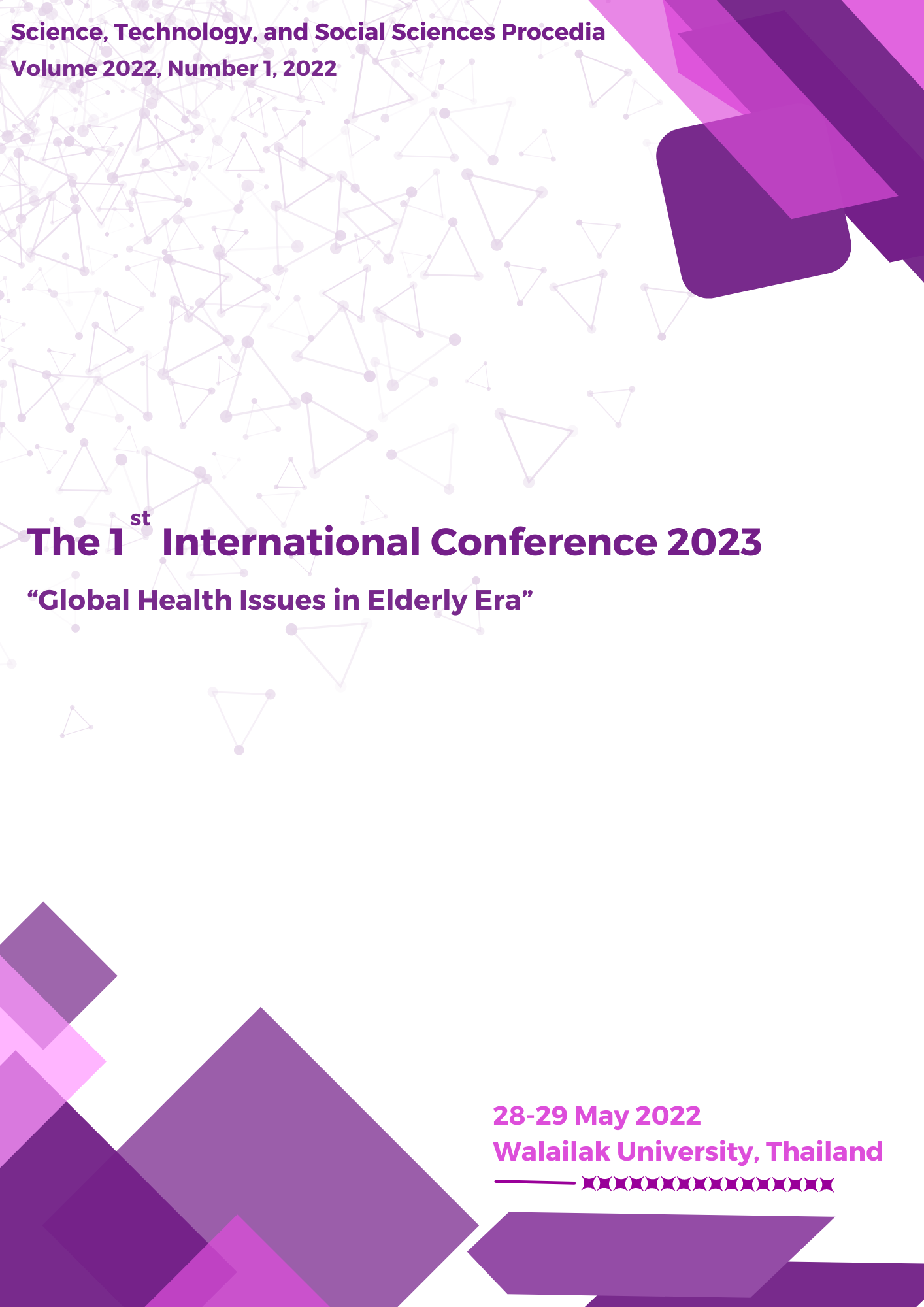Anemia Prevalence and Program Development to Support Caregivers’ Potential in Anemia Prevention among Children Aged 6 - 24 Months
Keywords:
Caregivers’ potential, Food consumption, Iron supplement, Anemia prevention, ChildrenAbstract
The purpose of this study was to investigate the prevalence of anemia in children aged 6 - 24 months and develop a potential caregivers support program based on the caregivers’ knowledge of anemia and iron syrup supplement, as well as their caring behavior. Participants included 80 dyads of caregivers and children aged 6 - 24 months who received care at the Sa-nguan and Saka Health Promoting Hospitals. The researchers collected data by using an anemia evaluation form, a form of knowledge about anemia and iron supplement, and the caring behavior of children aged 6 - 11 and 12 - 24 months. Data analyses were descriptive statistics in terms of percentage, mean, and standard deviation. House’s concept of social support was used as a theoretical based of to develop the program to support caregivers’ potential. The program had an IOC of 0.90 from the 5 senior experts who assessed its quality for content validity. The CVI for the form assessing knowledge about anemia and iron supplement syrup was 0.70 and 0.90, respectively. The CVI was 0.80 when evaluating care behavior to support proper food consumption in children, including 6 - 11 and 12 - 24 months. The CVI of the iron syrup supplement evaluation was 0.90. Its reliability score was 0.70.
This result revealed that 11.4 % of the children had anemia, a hematocrit count of less than 33 % (range = 30 - 40, M = 34.89, SD = 1.97). According to the caregivers’ potential assessment, the average scores for knowledge about anemia were 12.96 (SD = 1.86), and knowledge about iron syrup supplements was 9.24 (SD = 2.32). The average scores of care behaviors concerning children’s consumption of food and medicine among 31 caregivers of 6 - 11 months old children were 16.19 (SD = 3.08), 49 caregivers of 12 - 24 months were 29.56 (SD = 5.94), and the average scores of care behaviors concerning children’s consumption of medicine were 33.78 (SD = 11.06).
The program lasted for 12 weeks. It included group activities such as 1) providing knowledge about anemia for caregivers, 2) health education, handbooks, and VDO clip, and teaching them to record in the handbook. The handbook includes information on anemia prevention, a food and iron supplement intake diary, and more. 3) a social media’ Line group’ of caregivers in each village to share experiences and information about caregiving, and 4) follow up with home visits and phone calls from village health volunteers. Content experts have validated the program to ensure it can implement with the participants. Furthermore, the researcher could provide a guideline for caregivers to follow at home and provide good services in a child health clinic where caregivers have the potential for giving a diet based on a child’s age and giving an iron supplement to follow up on anemia prevention in children continuously.

